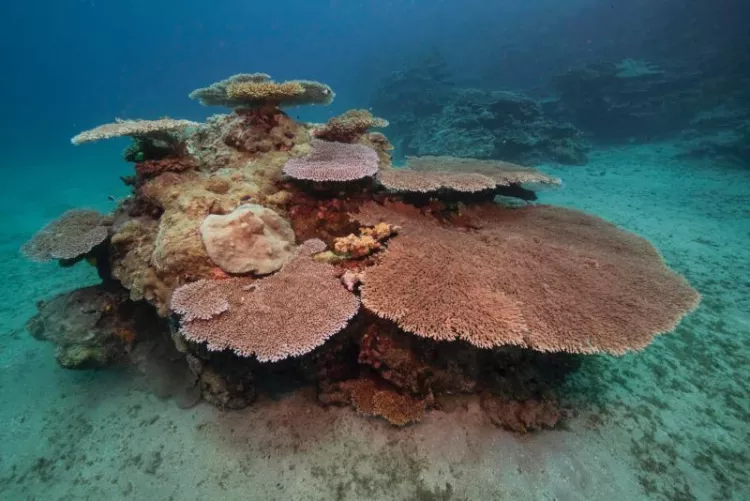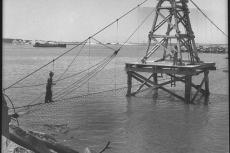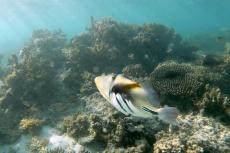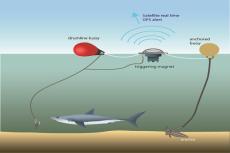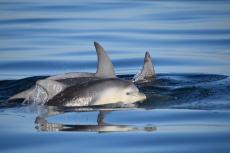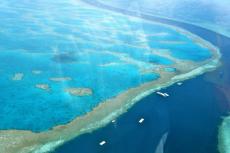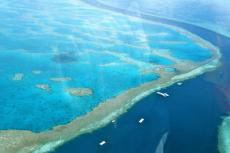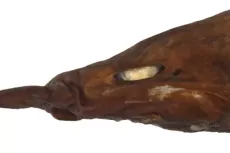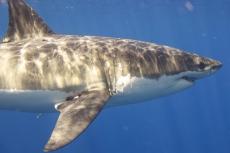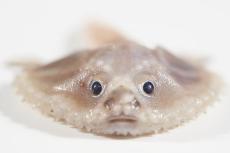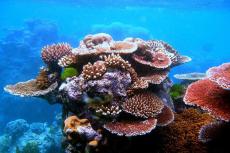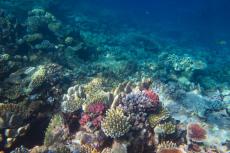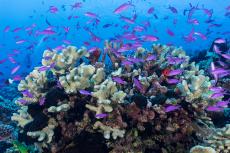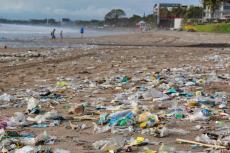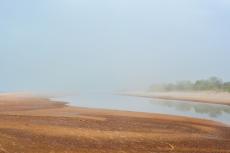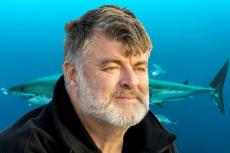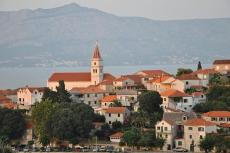New coral species discovered along the Great Barrier Reef
Scientists discovered dozens of new coral species on a recent voyage along the length of the Great Barrier Reef.
Scientists from Queensland Museum (QM), University of Technology Sydney (UTS) and the King Abdullah University of Science and Technology (KAUST) in Saudi Arabia completed a 21-day trip from the Capricorn Bunkers off Gladstone to Thursday Island in the Torres Strait late last year. Scientists discovered dozens of new coral species on a recent voyage along the length of the Great Barrier Reef.
“On almost every dive we were finding species that aren’t in the books"
Professor Andrew Baird, James Cook University
Classification needs an overhaul
“The discoveries are timely as recent molecular advances reveal that much of the existing classification of corals is deeply flawed,“ said Professor Andrew Baird from the ARC Centre of Excellence for Coral Reef Studies at James Cook University (Coral CoE at JCU). “On almost every dive we were finding species that aren’t in the books.”
Prof Baird said the discoveries are timely as recent molecular advances reveal that much of the existing classification of corals is deeply flawed.
“One hard coral species, Acropora hyacinthus, was previously thought to be found on almost every reef crest along the length of the reef,” Prof Baird said. But the recent molecular advances plus a closer look at the morphology, or shape of the coral, has overturned this assumption. “What we once thought was a single species is potentially five different species—some with a very limited geographical range,” said Prof Baird.
Acropora hyacinthus is a species of acroporid coral that lives on shallow reefs on upper reef slopes, and is found from depths of 1–25 m. It ccurs in plate- or table-shaped wide colonies that consist of a number of thin branches in a lattice structure.
Much higher biodiversity
The team also found a number of species not previously seen on the reef. “The new species we found means that the biodiversity of some groups is up to three times higher than we had thought,” said Dr Francesca Benzoni, from KAUST.
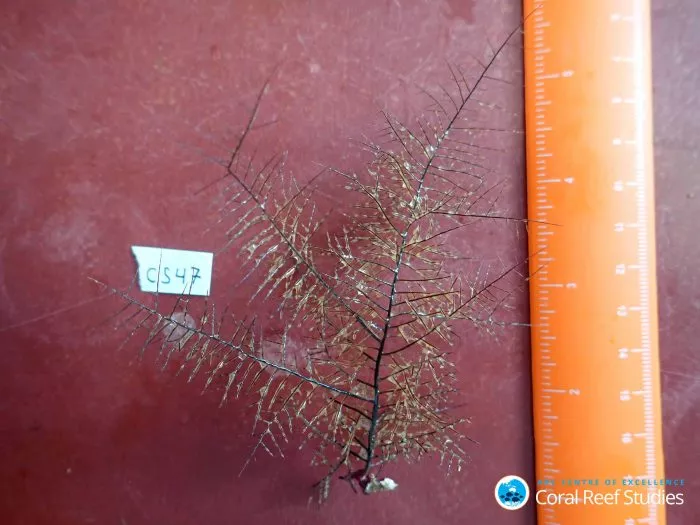
- Log in to post comments


